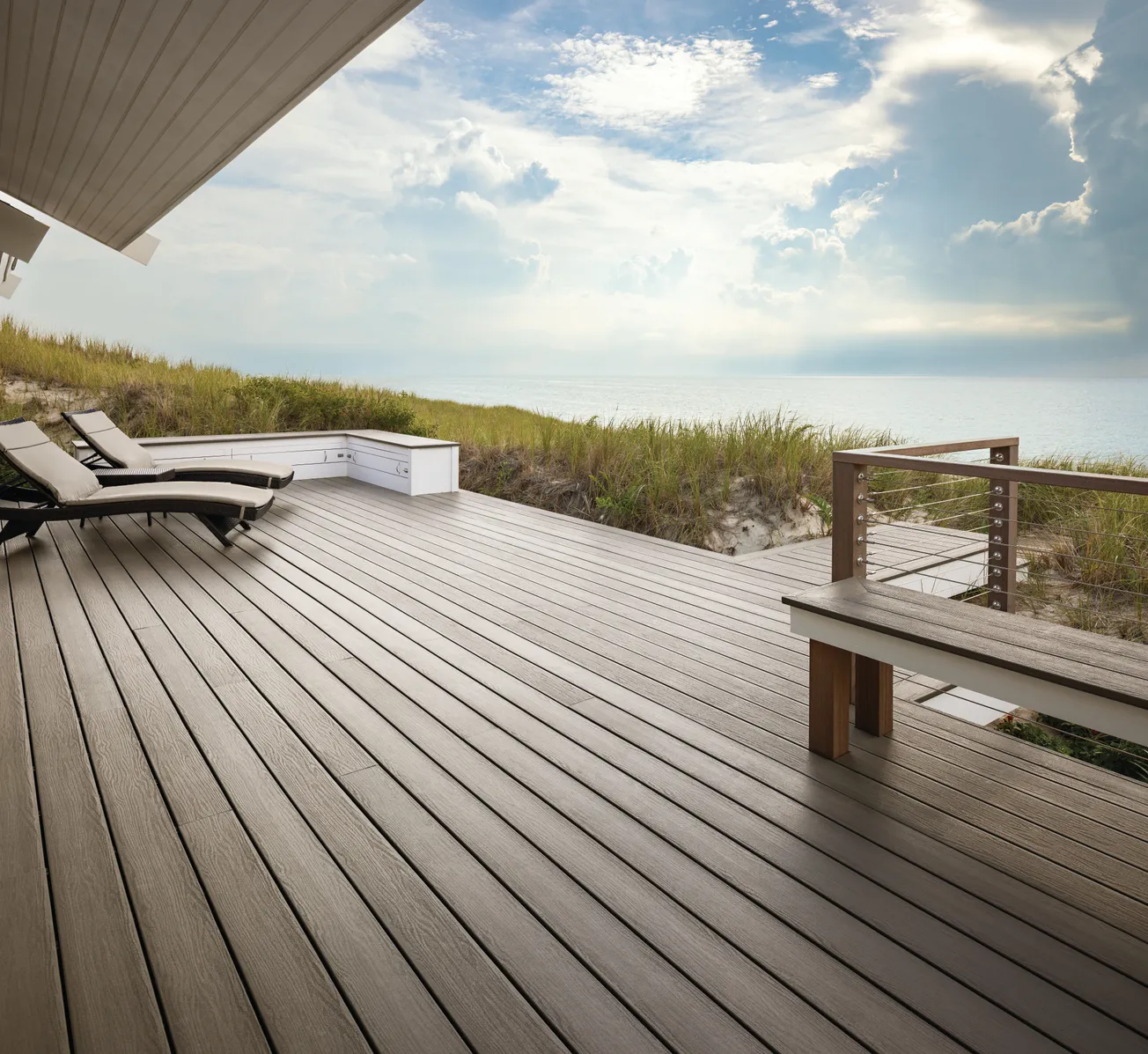Table of Contents
First impressions mean everything. As a building product distributor, forming solid relationships with customers from the start is key to building your bottom line across the entire value chain. As you are often the first point of contact for a professional remodeler or homebuilder, the industry values your guidance on the latest product innovations and market needs to help homeowners make the best decisions for their “great first impressions” from the curb.
Steel siding—a less common, but up-and-coming cladding option—is one of the hottest growing materials to help you build your business. In fact, siding sales overall are poised for increased demand, with The Freedonia Group citing that sales of the entire cladding category are expected to increase 7.7% annually through the next four years, making the U.S. siding market worth an estimated $4.7 billion by 2021.
This opens up a world of opportunity for dealers and distributors. When it comes to larger ticket items like siding, builders and remodelers need to instill confidence with the homeowner that the product will not only enhance curb appeal, but will also provide a solid, long-term investment. We have found that from millennials to baby boomers, homeowners are seeking personalized yet low maintenance designs. Steel siding addresses this demand.
Made from galvanized steel and designed to stand up to hail, wind and snow, today’s steel siding has come a long way in the past few years. The yield and tensile strength are significantly improved over that of traditional aluminum. The process of galvanization means a layer of protective zinc is added to the surface to prevent rust and corrosion.
It is used for a variety of products and applications, such as beams, piping, automobiles, aircrafts, ocean liners, and military ships, and for good reason. If it stands up to the harshest of salt water, you can have the confidence that it’ll work for home exteriors. For environmentally-conscious builders and contractors, steel siding also offers a leg up—it’s 100% recyclable and made from up to 50% recycled materials.
While many may envision steel siding as strictly flat and modern, high-performance products have a linear emboss woodgrain pattern with detailed texture that looks like real wood, without the maintenance. Modified color-retention coatings are also warrantied to last for decades, even on dark colors.
“The texture of the siding gives the home a refined, sophisticated design,” said Ben Ernst, a homeowner who recently re-sided his exterior with Ply Gem Steel Siding. “It looks better than any other siding product I could have chosen—and I never need to paint it.”
When choosing steel siding, look for manufacturers that offer accelerated delivery programs with lead times counted in days instead of weeks. The short lead time is ideal for distributors and contractors looking for cost-effective transport and storage strategies, as well as the ability to complete jobs more quickly. Also look for long-standing warranties against hail, chalking and fading to give your customers peace of mind.
As the siding industry continues to grow—and as steel siding emerges in the marketplace—take some time to learn the benefits and consider adding to your business’s portfolio. With a plethora of choices on the market, it’s important to work with manufacturer partners for the latest insight into what’s on the horizon with building products. And in the coming years, expect to see more customers turn to durable, low maintenance siding in bold colors.









